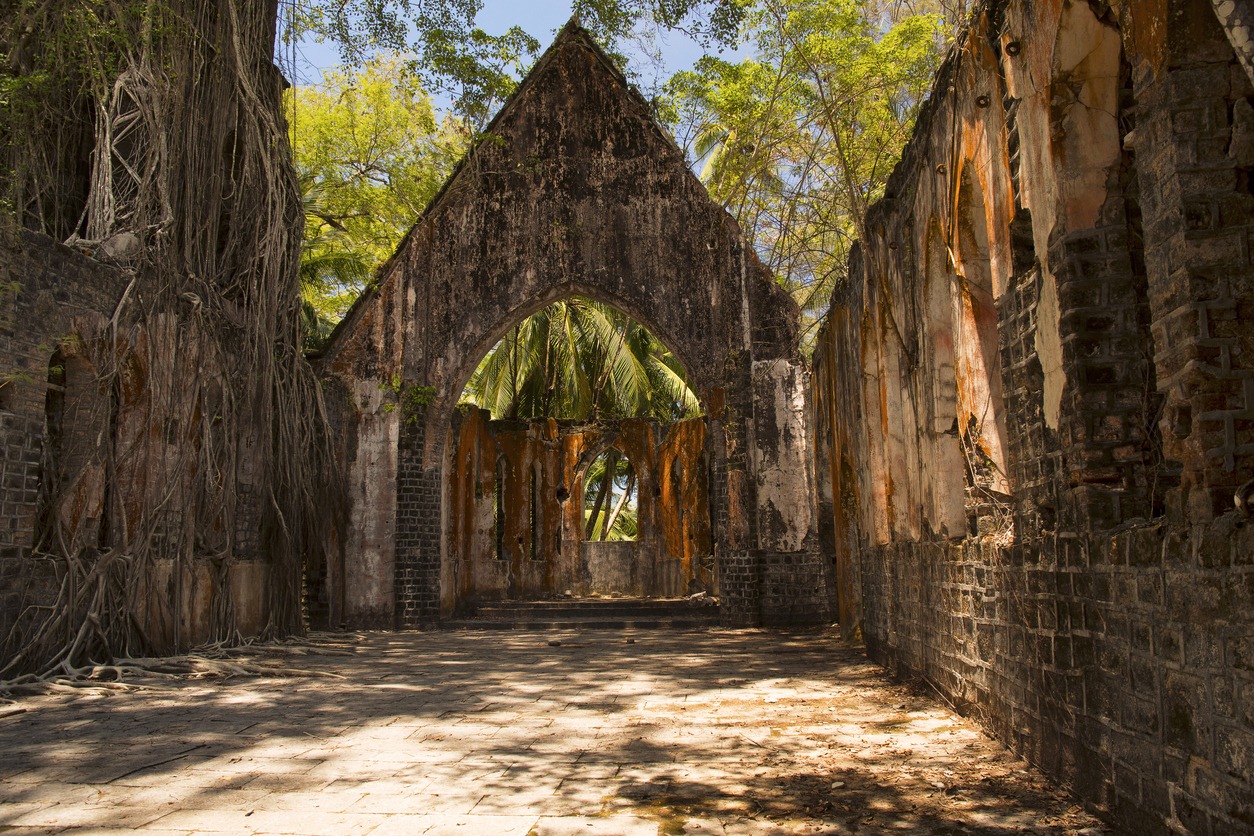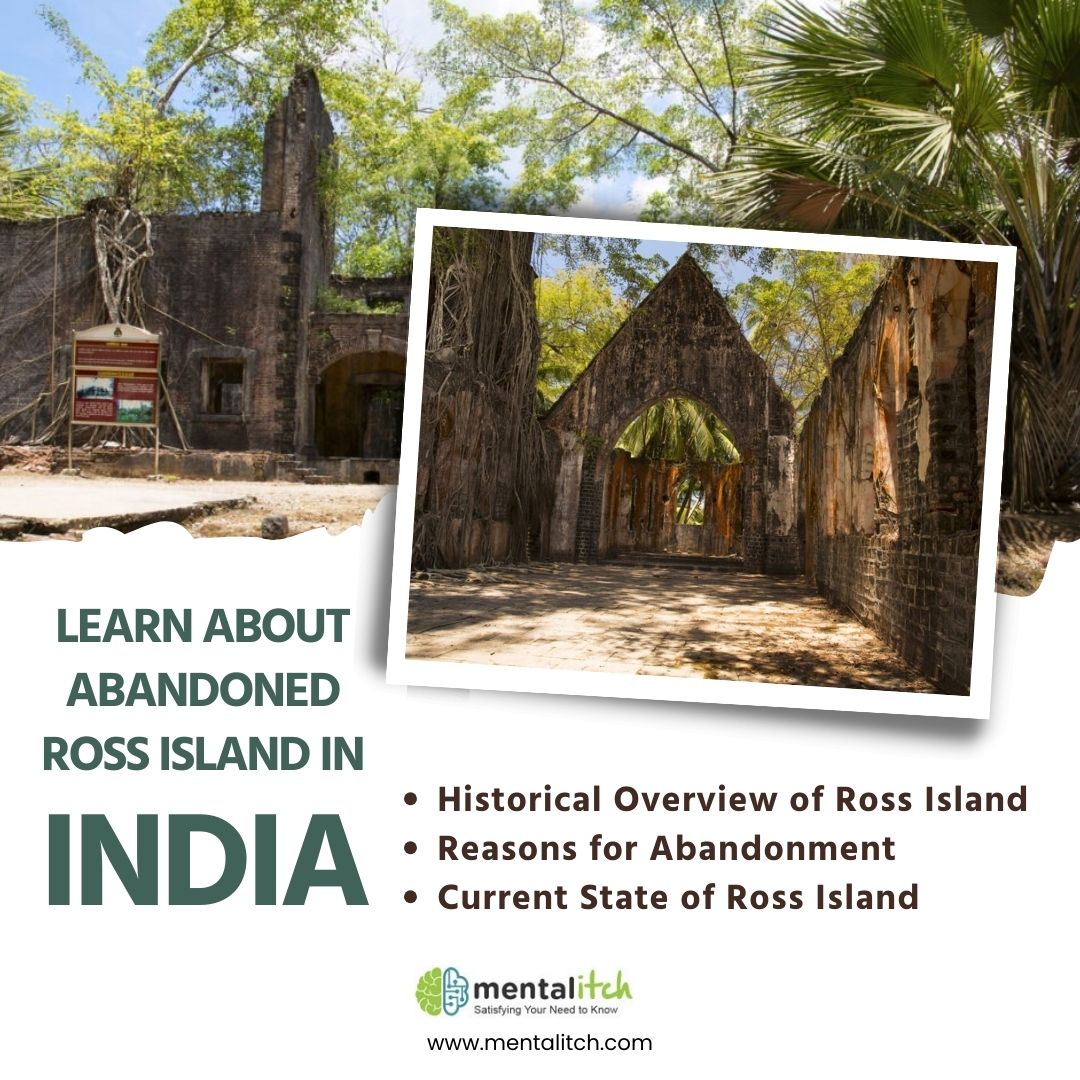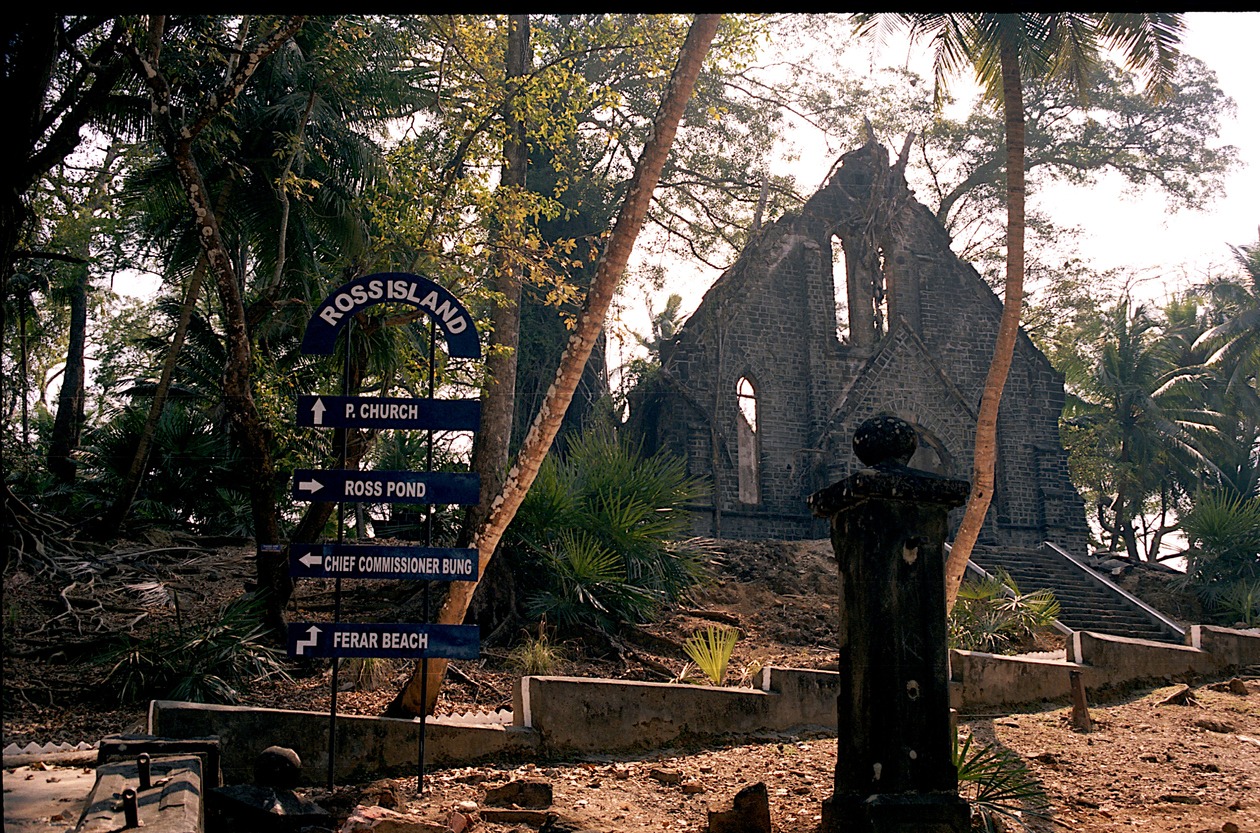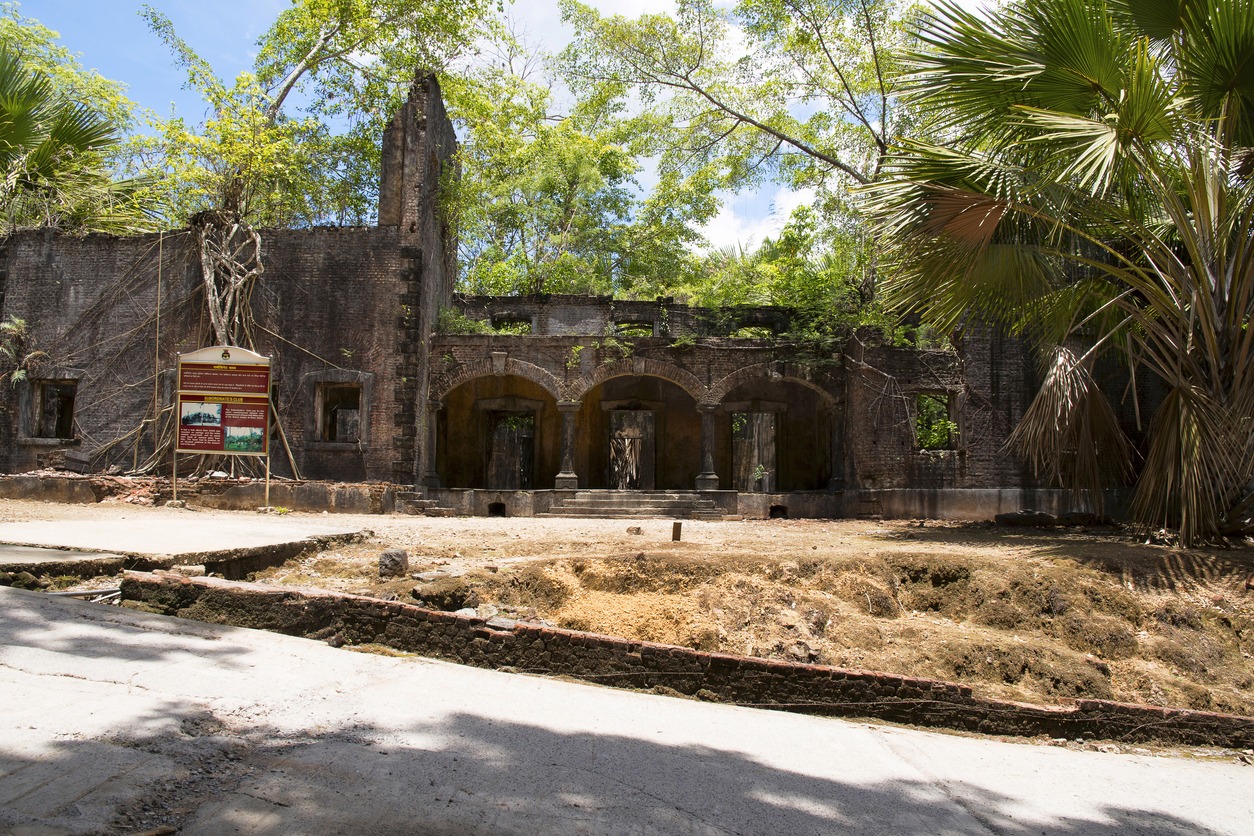Nestled in the Andaman Sea, lies the secluded and mysterious Ross Island, once a bustling British administrative center in India. However, the island now stands abandoned, serving as a haunting reminder of its colonial past. With its rich history and ghostly ruins, Ross Island has become a popular tourist destination for those seeking a glimpse into the past.
But beyond its eerie charm, this small island holds many secrets waiting to be discovered. From its strategic location during the World War II to its role in India’s struggle for independence, Ross Island has played a significant role in shaping the course of history. In this article, we will delve into the fascinating story of Ross Island, exploring its rise and fall, and uncovering the hidden gems that make it a must-visit destination.
Historical Overview of Ross Island
Ross Island is a small landmass located in the Andaman Sea, approximately 1,200 kilometers away from the Indian subcontinent. This island has a rich history dating back to the 18th century when it was first discovered by the British East India Company. The island, officially known as Netaji Subhash Chandra Bose Island, was named after the British marine surveyor, Daniel Ross, who discovered it in the late 18th century. During the British rule in India, Ross Island served as the headquarters of the British administration in the Andaman and Nicobar Islands.
In the late 18th century, the British East India Company established a penal settlement on the island, using it as a place of exile for Indian freedom fighters and political prisoners. This practice continued until India gained independence in 1947. During this time, the island also served as a notorious prison for convicts from mainland India, who were subjected to harsh conditions and forced labor. The penal colony was finally disbanded in 1945.
It was also during the British colonial period when Ross Island saw significant architectural and infrastructural development. The island served as the administrative headquarters for the Andaman and Nicobar Islands, and thus, numerous buildings and structures were established to accommodate the growing population and facilitate government operations. The most notable architectural feature was the grand Chief Commissioner’s House, built in the 1880s, which served as the residence for the highest-ranking British official on the island.
Various other structures such as a hospital, a church, and a market were constructed to provide essential services to the inhabitants. The island’s infrastructural developments included the establishment of a telegraph office and a harbor for trade and transportation.
Reasons for Abandonment
Despite its strategic location and rich natural resources, Ross Island was eventually abandoned for a variety of reasons. One of the main factors was the outbreak of World War II, which led to the withdrawal of British forces from the area.
During World War II, Japanese forces strategically advanced towards the Andaman & Nicobar Islands, which were under British control at the time. The British were unable to defend the islands and were forced to flee, leaving them vulnerable to Japanese occupation.
For three years, the Japanese pillaged Ross Island for its raw materials and vandalized it in order to build bunkers. However, in 1945, the Allied forces successfully gained back control over the islands and soon after, the entire penal colony was permanently disbanded.
Ross Island was also plagued by a multitude of diseases that posed a constant threat to its inhabitants. Malaria, cholera, dysentery, and other illnesses were rampant and claimed countless lives. In an attempt to combat malaria, the British resorted to conducting illicit medical trials using an experimental drug. This drug, known as cinchona alkaloid, was force-fed to thousands of disease-stricken prisoners on the island. However, the unprocessed drug caused severe side effects, including nausea and depression.
Ross Island is also prone to various natural disasters, including typhoons and earthquakes. One of the most devastating events was the 1941 earthquake, which left behind a trail of destruction and chaos.
With a magnitude of 7.4, the earthquake destroyed most of the structures on the island, leaving the inhabitants in a state of shock and despair. The island’s infrastructure was severely damaged, making it difficult for rescue and relief efforts to reach the affected areas. The earthquake also triggered landslides and tsunamis, causing further damage and loss of life.
Lastly, with the decline of the British Empire and the eventual independence of India, plus the repercussions of World War II, there was no longer a need for a strategic base on Ross Island.
Current State of Ross Island
While the Andaman and Nicobar Islands were eventually reoccupied after being abandoned during World War II, Ross Island’s community dissolved and was never revived. Today, the island stands as a tourist attraction, accessible by ferry ride coming from Port Blair. The once bustling colonial settlement now lies in ruins, with gnarly trees engulfing the buildings and remnants of the past lingering in the roofless walls.
The government of India has implemented various measures to preserve and maintain the historical and ecological importance of Ross Island. One of the main efforts is the strict regulation of visitor access to the island, in order to minimize human impact on the delicate ecosystem. The government has also invested in the conservation of the island’s historic buildings and structures, since most of them have already been encapsulated by vines and trees that have grown over the years. In addition, there are ongoing programs for monitoring and managing the island’s biodiversity, with a focus on preserving the unique flora and fauna that call Ross Island home.
Conclusion
Ross Island holds great importance in India as it served as it served as the administrative headquarters of the British in the Andaman and Nicobar Islands during the colonial era. It also played a crucial role in the Indian freedom struggle as it was the site of the infamous Cellular Jail where many Indian freedom fighters were imprisoned and tortured.
Today, Ross Island stands as a reminder of India’s tumultuous past and serves as a popular tourist destination, attracting visitors from all over the world to learn about its rich history. It is a must-visit for anyone looking to explore India’s colonial past and its journey towards independence.



